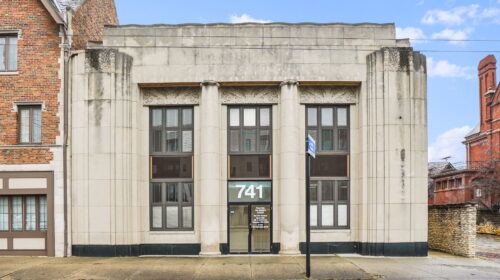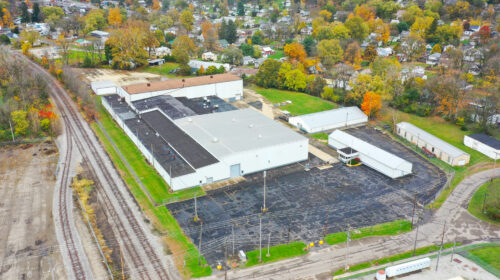The Evolving Role of the Property Manager and the Tenant Experience
The role of the commercial property manager has evolved. Office vacancy rates continue to remain high due to work-from-home and hybrid policies and tenants are seizing the opportunity to upgrade their space. The flight to quality – a migration to amenity-driven spaces in walkable mixed-use communities, has posed a dilemma for building owners, property managers, and brokers, with a surplus of aging office space that continues to sit on the market.
As a result, property managers are now finding that they have become curators of the “tenant experience” to compete. In addition to ensuring the day-to-day tasks of building maintenance are completed, they are hosting events and creatively incorporating amenities for tenant attraction and retention.
NAI Ohio Equities’ property manager Mary Brown said she planned her first tenant event eight years ago. At the time the practice was uncommon, but she says it’s an emerging trend that should be embraced.
Brown began by planning quarterly events and explained that the concept began as a trial but has now become a tool that she wouldn’t be without, and it has benefited all parties involved.
“The building owner has an opportunity to retain tenants, the property management team has the opportunity to get to know the tenants and their needs, and the tenants get to know each other and their businesses,” she explained.
Having conversations with tenants about how their space fits their needs has provided Brown with information that she otherwise might not have had, such as whether they thought they would need more or less space in the future, or if there were specific improvements that the tenant desired. It also allowed for the development of a more personal relationship that opened the door for two-way communication.
Brown said that amenities, even those that are relatively simple, also have helped in attracting and retaining tenants.
She explained that after her building owner had renovated the lobby of an older suburban office building, she incorporated a coffee bar, a relatively low-cost amenity that paid out in dividends.
“The lobby already had water, so we spent a couple of thousand dollars running the water line, and $200 a month for the coffee service, and the lobby came back to life,” she said. “It featured a nice sitting area, Wi-Fi, and a television. People would come throughout the day and use the space for work or meetings, and would come to talk with me as well,” she added.
Brown said having a large conference room that could be reserved by any of the tenants was another popular amenity that required minimum management on her behalf.
“If you’re an office property manager, you’ve got to pull everything from up your sleeve that you’ve got,” she said. “It does work. It is impactful,” said Brown.
“I would recommend to any building owner to put marketing dollars in your budget for these things, whatever you can afford. Just put it in there,” she advised. “It goes a long way toward building relationships and keeping tenants happy,” she added.




